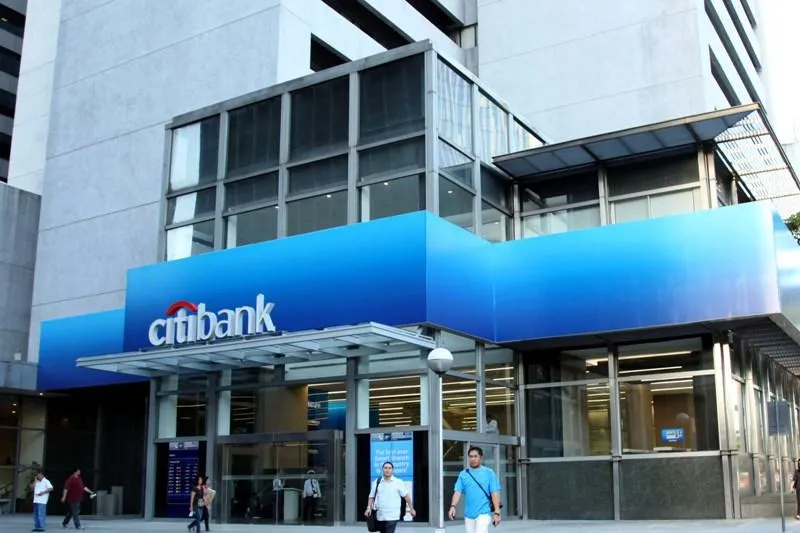
Here's how smaller transaction banks can challenge StanChart, HSBC, Citi
Cumulative market share of the ‘Big Three’ is now down to 52.9%.
According to East & Partners, tighter lending margins coupled with fierce competition for deposits have placed immense pressure on local and international banks in Asia to secure and maintain market share.
Despite early indications of growth in debt markets at a retail and corporate level, the push to procure new business while retaining existing customers has resulted in a fight or flight response from a competitive positioning perspective.
Here's more from East & Partners:
East & Partners Asian Institutional Transaction Banking report captures trending market share, wallet share and mind share rankings of Asian banks from the top 1000 corporations, across ten different countries.
This near consensus sample offers unique inferences to be derived from East’s biannual research program, in particular the relationship between Primary and Secondary Market Share.
To achieve long term sustainable growth a strong foundation of risk management and stability is required. It is clear that the predominant strategic direction of Asian banks within this pressure cooker environment cannot be limited to a handful of uncreative revenue streams in perpetuity.
Diversification into new segments away from traditionally renowned projects will ultimately define the success smaller banks will have in catching the three large transaction banking incumbents by market share – Standard Chartered, HSBC and Citigroup. The leading transaction bankers have a head start on generating new projects to reinforce their market share.
For example HSBC has targeted its credit card business in India for further expansion, Citigroup has opened its only common depository outside of Europe and Standard Chartered has issued a three year triple AAA rated 5 billion RMB bond in China targeting SME lending development - the first of its kind.
Rivals to the top three are rising to the challenge however, with UOB benefitting from its excellent mobile banking platform functionality and DBS beefing up its Hong Kong RMB offshore loan book by 10 percent to tap into higher international Chinese capital flows.
Standard Chartered and HSBC continue to set the pace for total number of primary institutional transaction banking relationships, accounting for a combined 40.6 percent of market share across China, Hong Kong, India, Indonesia, Malaysia, Singapore, South Korea, Taiwan and Thailand.
Adding Citibank to these entrenched local heavy weights results in over half of all principal institutional relationships concentrated amongst just three banks. The cumulative market share of the ‘Big Three’ Asian transaction banks is notably declining however, down nearly half a percent from 53.2 percent to 52.9 percent.
How are the challengers to these leading Asian transaction banks going to successfully prise away loyal transaction banking relationships? East’s latest research confirms that increasing secondary intuitional transaction banking relationships are directly correlated with higher primary banking relationships over time.
Effective solutions to customers’ secondary transaction banking needs forces primary bankers to work harder to consolidate their strong market share positions. Initiatives that motivate closer secondary banking relationships are an ideal approach to improving primary banking market share.
Asian banks are encouraged to encapsulate a well-diversified portfolio including productivity enhancements, up skilling staff for higher service satisfaction resulting in further cross sell opportunities, coupled with innovative development of technology to lower the overall long term cost base and result in definable shareholder returns.











 Advertise
Advertise










